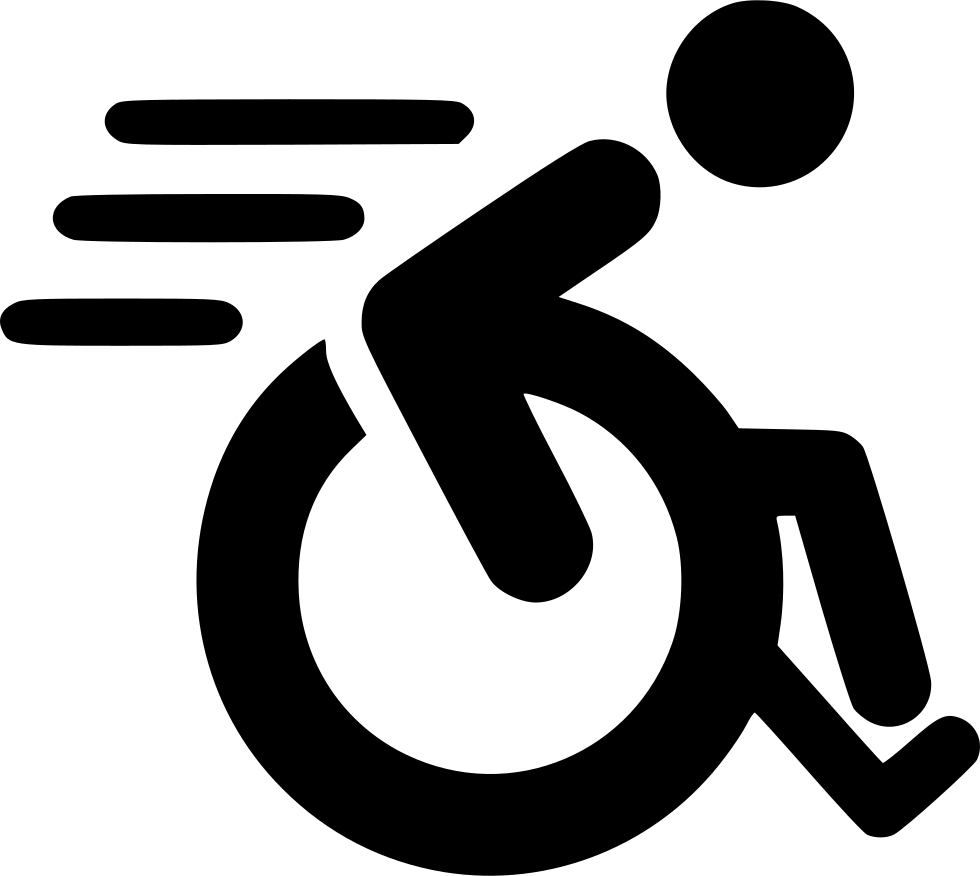You really know your pet. You know what they like to eat, where they like to walk, and what their favorite toy is. Would you like to know even more about your furry companion? Pet monitors can provide you with real-time information about your pet and collect valuable long-term information about your pet’s health and habits.
Pet monitors record activity levels, much like human fitness trackers. Some monitors differentiate types of activity, while others determine the quality of rest time and sleep patterns. Still others function as GPS trackers and alert owners when a dog leaves the yard. Some even store medical records.
Here are a few ways that pet monitors can help your pet live their best life.
- Physical health: Like us, dogs and cats need the proper amount of exercise to stay fit. Monitoring devices record your pet’s daily movements, which can help you maintain a consistent level of activity or gradually increase activity at a rate that promotes healthy weight loss. Some devices can measure you dog’s daily caloric intake and even consider your dog’s breed and current weight to recommend portion size.
- Mental health: Being active may help pets to avoid developing behavioral issues and can help fix existing problems. A range of stimulation and enrichment means a happier pet, so some devices differentiate between walking and playing.
- Rest time: Sometimes, less activity is better for a pet. Pets recovering from illness or surgery need down time. Monitors record quiet time and may even gauge the quality of your pet’s sleep. With a pet monitor, you can make sure your pet is following doctor’s orders to rest.
- Medical data: Pet monitors gather objective data over a long time. This data can be valuable in evaluating, diagnosing, and treating a pet’s condition, or it can provide baseline data for a healthy pet. As pets age or illnesses progress, monitoring data may alert you and your veterinarian to downward trends early on, when intervention may be more effective.
- Routine data: With a pet tracker, you can know what your pets are doing even when you are not with them. If you know that your dog did not get enough exercise while you were at work, you can add a romp in the park before dinner! Or you can see just how well your pet and their sitter stuck to the daily routine while you were on vacation. You will feel better when you are separated if you know your pet is doing well during your absence.
Pet monitoring options
There are many different pet monitoring devices on the market. They vary in size, durability, and functionality, so do your research before purchasing one. Trackers with minimal functionality cost less; if you want all the bells and whistles, you will pay more.
- Consider what type of data you want: Find the type of tracker that suits your needs. Do you only want activity data, or would you also like sleep patterns or heart rate data? If your pet is prone to running, you may want a tracker with geolocation and a remote-controlled LED light that helps you find them at night.
- Consider your dog’s habits and preferences: If you have a water-loving dog, consider getting a waterproof tracker. If you have a small dog, consider a lightweight tracker. Some smaller trackers hang from a collar like an ID tag, while others attach directly to a collar and are heavier. Make sure your pet will tolerate the model and weight that you choose.
Other considerations
Here are a few other things to think about before investing in a pet monitor.
- Battery life: Batteries in simple activity monitors may stay viable for weeks or even months, while GPS trackers may need to be recharged weekly. Units that use WiFi spare battery life.
- Apps: Apps associated with pet monitors are usually free and synchronize with smart phones or computers. Some apps have subscription costs (e.g., GPS monitors usually involve monthly service fees). Check into any app fees before buying.
- GPS: Consider your environment when purchasing GPS monitors. GPS may be blocked by dense trees, rough country terrain, or city skyscrapers. You may not accurately locate your dog hiding behind the potting shed if the signal is interrupted.
- Social media: Some monitors have apps that allow communication with other pet owners on the same system. If you like engaging in social media and want to share photos of Fifi, this might be for you!
Good pet parents know their pets well and monitor them utilizing their human senses. You are likely doing a good job monitoring your pet already, but if you want to know more, there are lots of devices to choose from that will give you more insight into your pet’s health and daily life.

